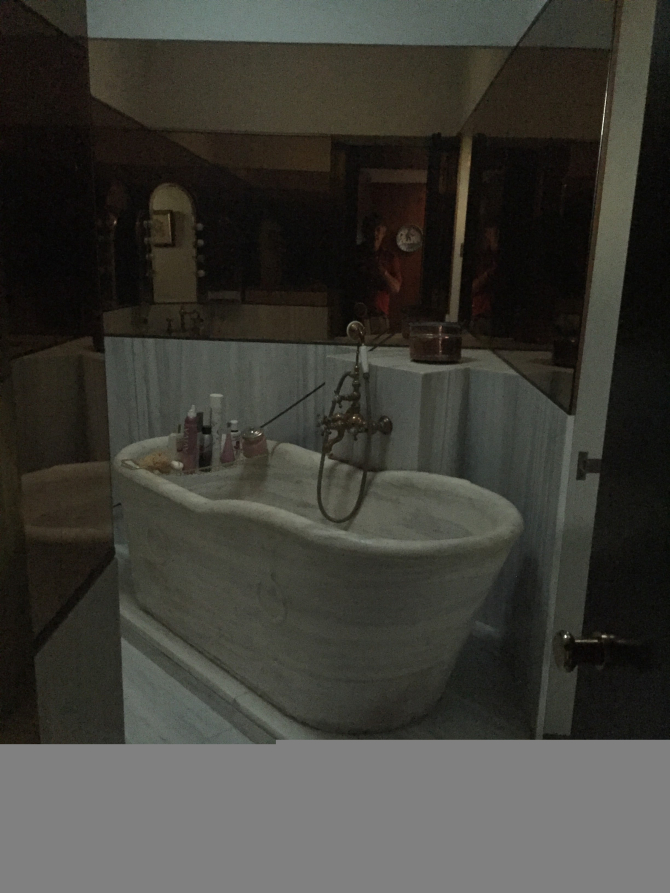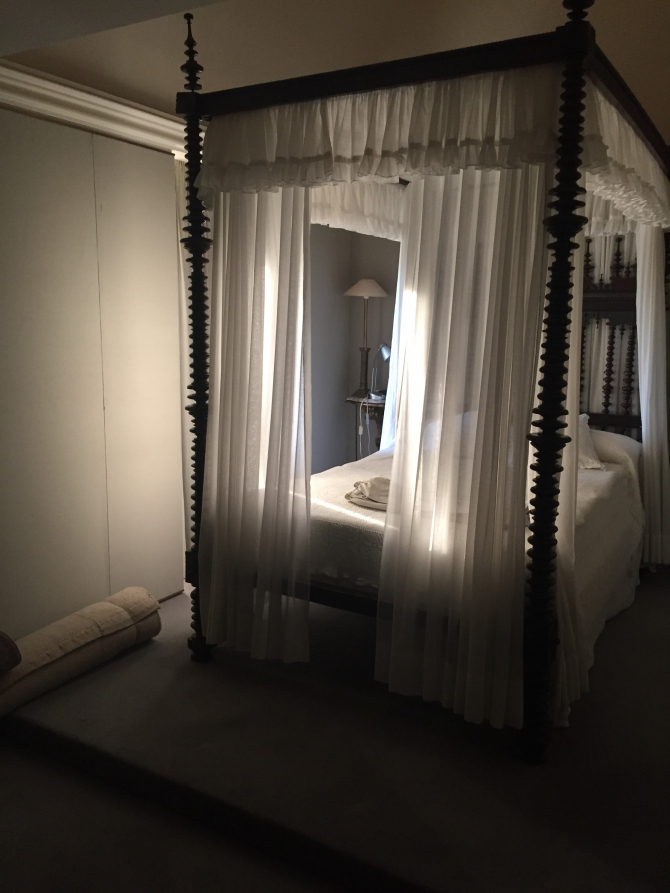Foixà Castle
Updated: 09/21/2017
Barri de la Vil
17132
Foixà
Girona
Contact
The castell de Foixà, origin of the municipality of Foixà, will be built safely in the second half of the 13th century, which is what is documented for the first time. It will be modified in the sixteenth century, and later, in the eighteenth and nineteenth centuries. The turó on s'aixeca the castell, which sembla that will be allargat artificially per aixecar-hi the wall, is a magnificent talaia des of which is dominen gairebé totes les terres de l'antic comtat d'Empúries.
The oldest parts of the building built in the XIII century are a chapel dedicated to Sant Marc, in the south-south angle a semicircular tower that in the lower part is converteix in l'absis de la capella, a talus, and the wall of the recinte, that envelops the barri de la Vila. La capella, it conserves its altell, and returns of canó. To the interior reproduccions dues tombes gòtiques: a clear of Bernat Guillem de Foixà, mort in 1362, as the jacent figure of the cavaller, and a sarcophagus of Guillem de Foixà, died in 1459 and his fill fra Alemany, mort in 1476. Aquests sepulcres is troben avui a l'església de nostra Senyora de l'Esperança a S'Agaró.
També dins del recinte s'alça a palau format per two cossos in the form of T. To the interior, it is outstanding dues petites estances, blankets round of canó, old prison. Also notable are the cavallerisses, avui museo nàutic, the celler i nombroses sales blankets around the edge. The back of the cuina is palm-shaped.
From 1978 onwards the purchase by Antonio Bonamusa i Núria Mir, is rehabilitated the castell, as a reform and integral rehabilitation interior of its gardens. L'actuació interior, dins el palau faces that modern respecta els its elements of medieval decoració, some existents i altres afegits. The gardens in desnivell have excellent views of Empordanet and l'entorn. Hi there is an indoor patios pavimentat.










